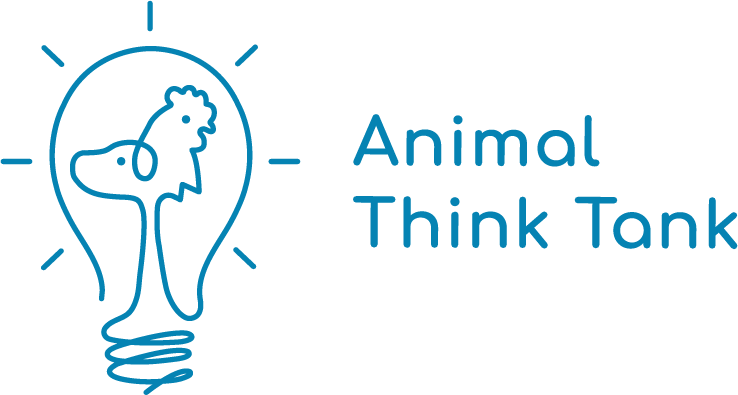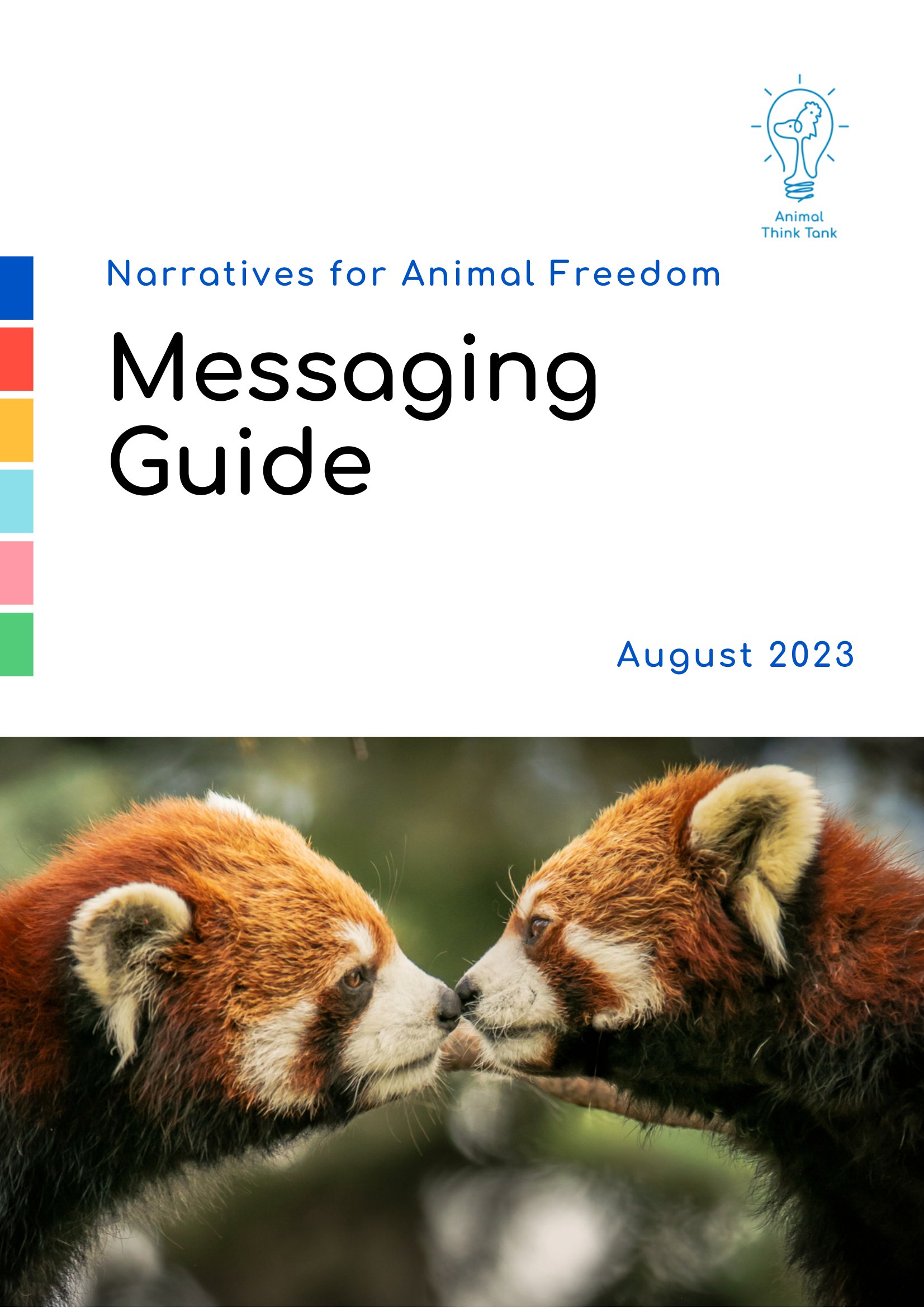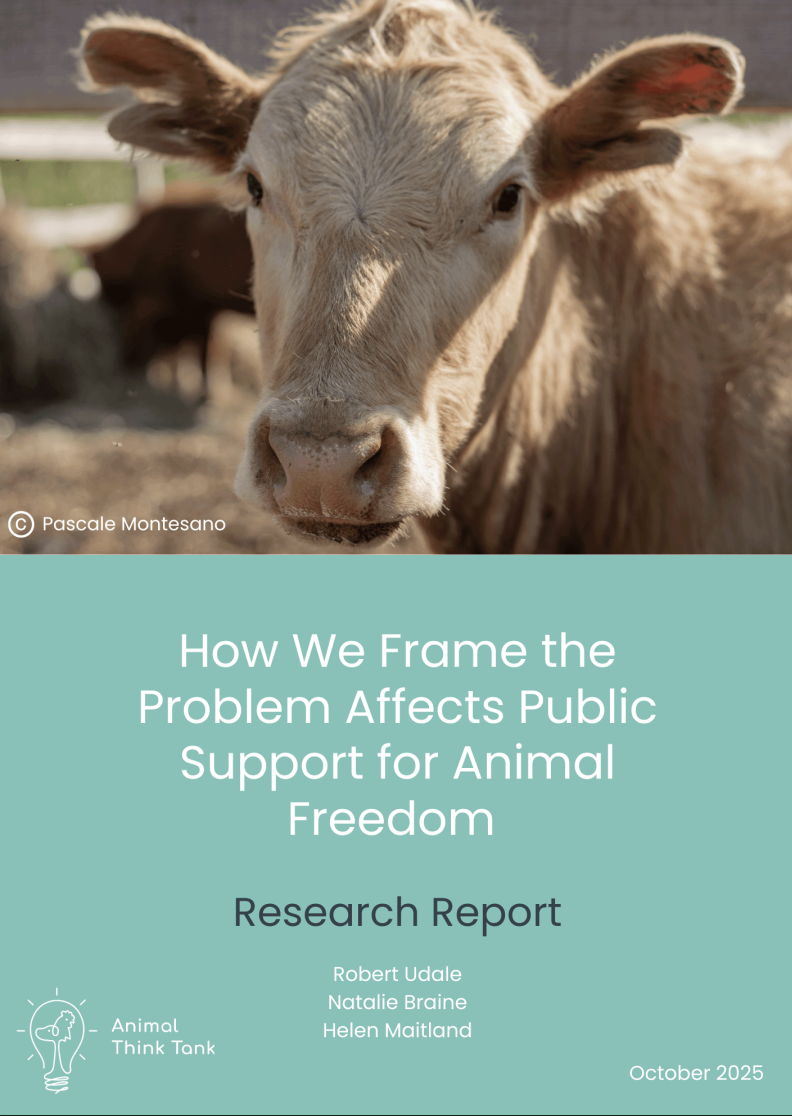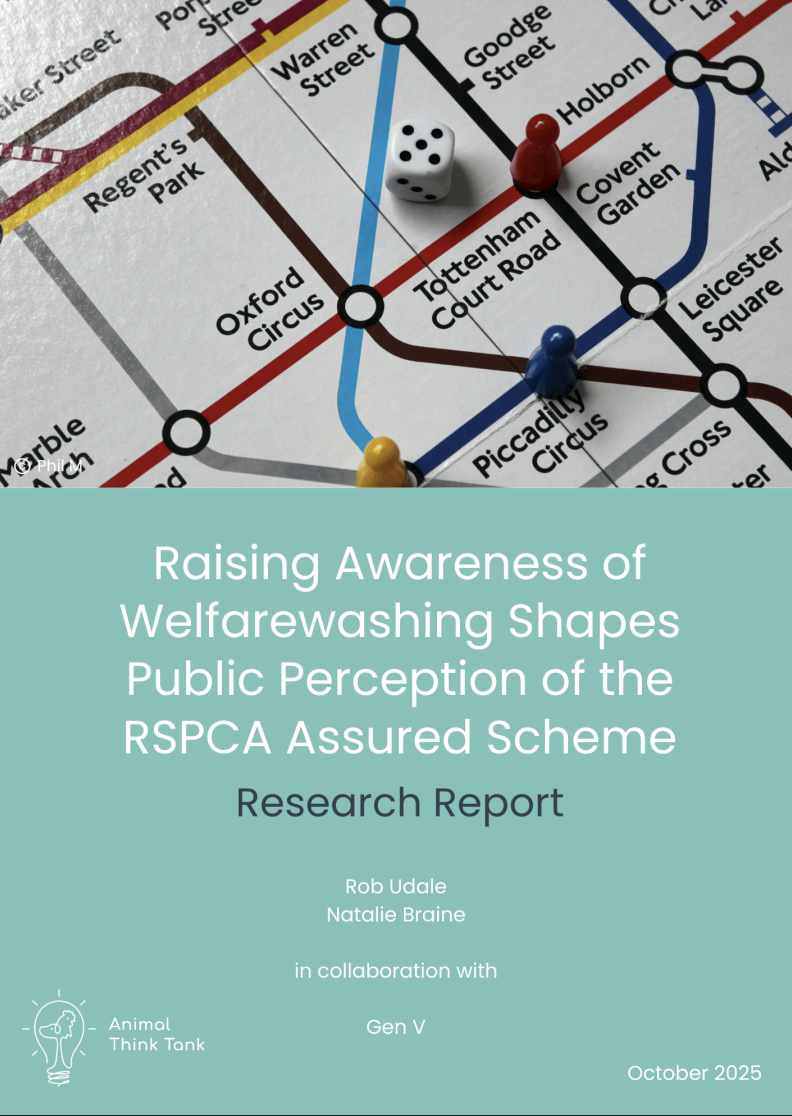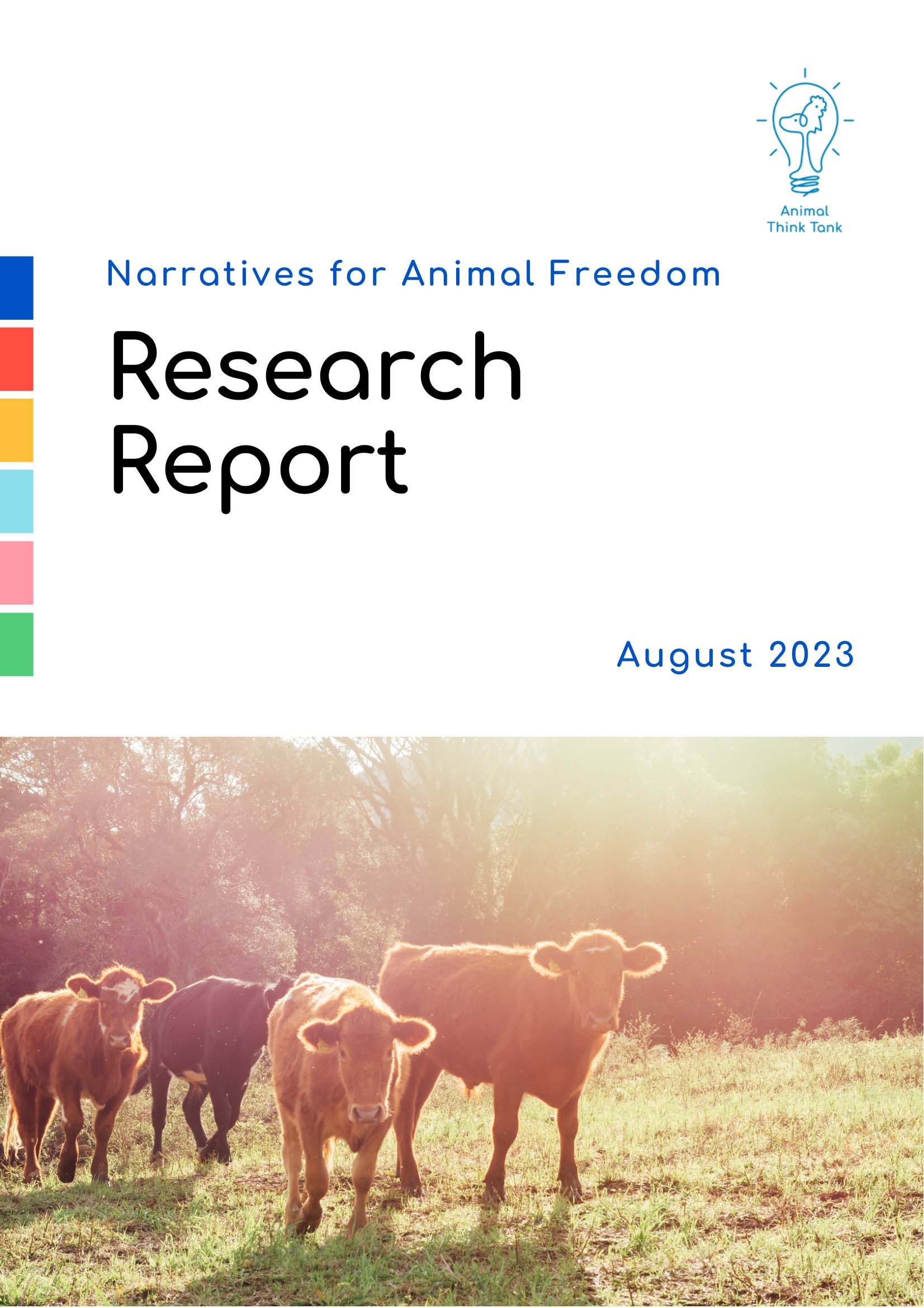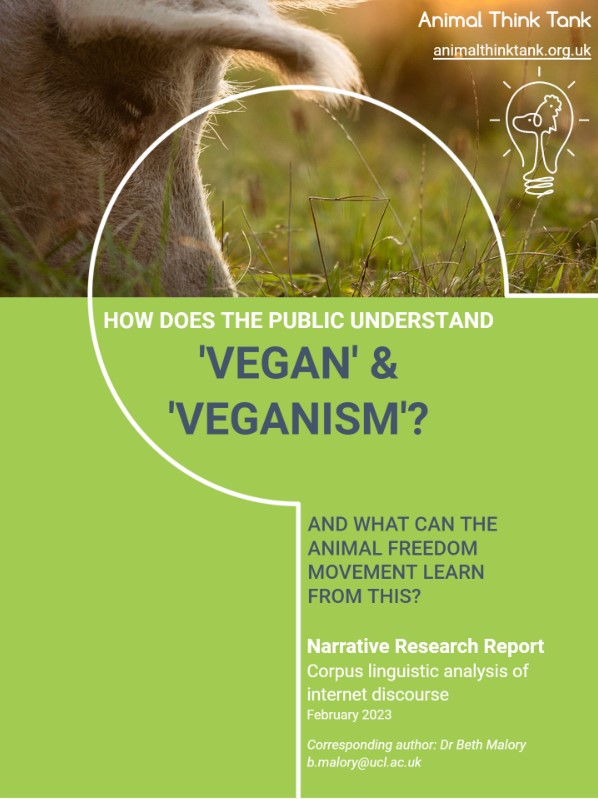GUIDES & TOOLKITS
Explore our free research-backed toolkits and guides for animal advocates
Image: Ana Palacios / We Animals Media
Explore Our Communication Guides
Communications Toolkit
Published March 2025
This toolkit pulls together the latest insights from our public opinion and message-testing research; motivational, cognitive and social psychology; and our in-depth analysis of other campaigns and movements.
Language
Published May 2025
To change the narrative about other animals, we first need to change our language. The words we use can influence whose lives are valued and what future is seen as possible. Language can either reinforce the harmful idea that fellow animals are objects or resources, or it can build reconnection with them – as individuals with families, feelings and a longing for freedom.
This guide is about choosing words that speak to shared values and our vision. Because if we want a different future, we have to tell a different story of belonging and liberation — and it starts with the words we choose.
Narrative Change
Published April 2025
Narratives are big ideas or themes that shape how people view an issue and interpret information about it. Narratives are brought to life by stories, messages, images and words.
Narrative change involves reinforcing and spreading helpful narratives, while challenging and crowding out harmful narratives. Narrative change has always been foundational to social change, because we can only bring into existence what society can imagine and believes is possible…
Understanding Our Audiences
Published March 2025
There is no ‘one’ audience we can communicate with. Everyone is at a different point of their journey, in terms of their empathy towards other animals, their attitudes and beliefs, and their behaviours.
Where people are in their journey affects which communication strategies will be most effective. This guide explores the psychological needs of our audiences, stages of change and more…
Messaging Guide
Published August 2023
This Messaging guide includes an introduction to narrative, a detailed outline of the persuasive narratives we uncovered via our research along with examples of them already in use by the movement, information on how to flip society’s dominant harmful narratives, and a detailed framework on crafting effective messaging.
Explore Our Research Reports
How we frame the problem affects public support for animal freedom
Published October 2025
This report examines 22 different ways of framing the issue of animal use and harm, testing which approaches most effectively increase public support for animal freedom.
Drawing on data from over 2,000 participants, it analyses framings such as care, fairness, authority, and shared wellbeing, and their influence on attitudes towards abolishing animal farming.
How do people with animal companions and without respond to movement communications?
Published July 2025
How does daily contact with another animal affect how people relate to animal freedom issues? This focus group study explores key differences between those with and without animal companions, and how this impacts their response to movement messages.
It reveals how narratives, empathy, and identity influence attitudes and actions, offering strategic messaging insights to nudge people further along their journey.
Raising awareness of welfare washing shapes public perception of the RSPCA Assured Scheme
Published October 2025
This study tested six London Underground adverts designed to expose welfare washing and challenge trust in animal welfare labels like RSPCA Assured. The findings offer practical insights for campaigners, creatives and strategists on how to communicate about misleading welfare claims in ways that prompt reflection, build trust, and invite action.
Research Report
Published August 2023
An outline of each study that led us to our persuasive narratives and the evidence behind them.
Can changing the narrative about fellow animals help us win their freedom?
Published March 2023
This report takes a focused look at our first large-scale message-testing study that investigated different message frames and narratives.
